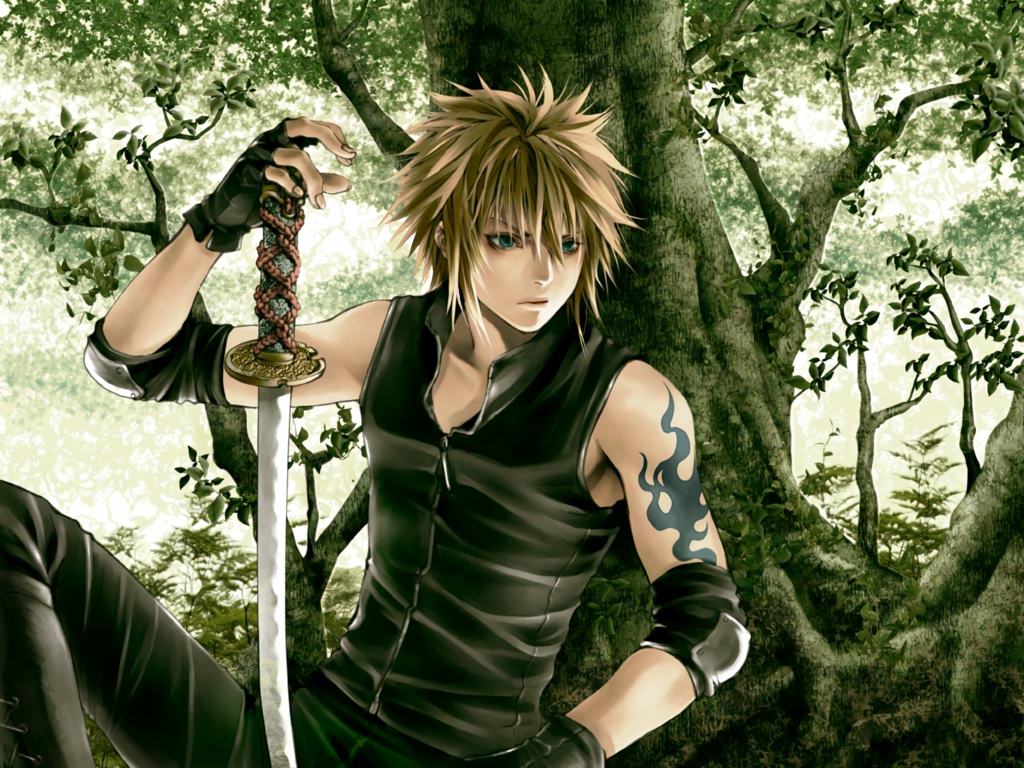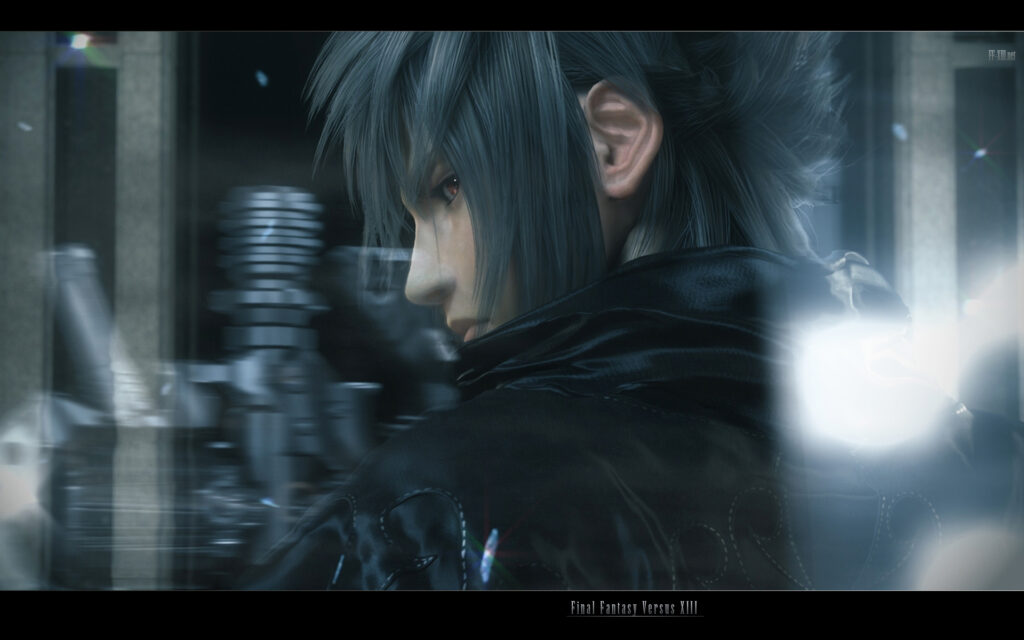Here’s the anticipated Final Fantasy 1 Walkthrough that you need to know about!

The Final Fantasy series is widely regarded as among the best role-playing video games ever made. Its stories of airships, chocobos, and moogles have captivated us from the NES to the PlayStation 4. Even though we’re excited for upcoming entries like Final Fantasy XVI and the Final Fantasy VII Remake, Square Enix is honoring the franchise’s history by releasing Final Fantasy Pixel Remasters, a set of remasters for the first six games in the series that will bring widescreen support and other enhancements.
Whether you’re playing the first three games in the series for the first time or are a die-hard fan eager to relive the glory days, here are seven things you (probably) didn’t know about these classic NES role-playing games.
View this post on Instagram
The Mythology Behind the Name of Final Fantasy
There is a persistent misconception regarding the origins of the name last Fantasy, suggesting that it was derived from Square’s imminent financial collapse, implying that it would have been the company’s ultimate or “final” imaginative creation. The actuality is little more intricate. Indeed, if Final Fantasy had not been successful, the esteemed developer Hironobu Sakaguchi had contemplated departing from Square and pursuing further education. However, it is important to note that the name of the game itself did not serve as a self-referential reflection on the challenges faced by the firm.
During a lecture at the University of Kyoto, Sakaguchi expressed his primary fascination with selecting a name that could be abbreviated to “FF.” Originally, he desired to title the game “Fighting Fantasy,” but it was already claimed by a board game. Sakaguchi ultimately chose the moniker “Final Fantasy,” thereby giving birth to the associated legend in an official capacity.
Nevertheless, a portion of the first myth was indeed accurate. Composer Nobuo Uematsu confirms that Square was indeed facing difficulties during that period, and Sakaguchi genuinely intended to return to school. However, Final Fantasy achieved significant success on the Famicom console, and from that point on, its success became a part of history.

The Developer of Final Fantasy who served as an inspiration to John Romero
Throughout the years, individuals like as Hironobu Sakaguchi and Tetsuya Nomura have grown closely associated with the Final Fantasy franchise. However, Nasir Gebelli, a developer who programmed the initial three Final Fantasy games on the Famicom, is seldom acknowledged.
Gebelli, a prominent PC developer, relocated to Japan in 1986 to contribute to the development of the Famicom. Shortly after, he became involved in the creation of the initial installment of the renowned video game series, Final Fantasy. Gebelli, lacking knowledge in RPGs, diligently created programming under Sakaguchi’s instruction. Regarding the inventor of Final Fantasy, he subsequently expressed, “I collaborated with Sakaguchi on nearly all projects except Secret of Mana, and he comprehended my perspective.” Due to his profound understanding of me, we collaborated exceptionally effectively. He has a comprehensive understanding of both my desires and requirements.
Undoubtedly, Gebelli had a pivotal role in the team, to the extent that when visa complications necessitated his return to Sacramento while working on Final Fantasy II and III, the remainder of the development team relocated to California to continue their collaboration. Gebelli remained with Square throughout the development of Secret of Mana, contributing to the creation of notable features including the renowned ring system. In the future, John Romero, the developer of Doom, who had long admired Gebelli’s contributions to games like Horizon V, conducted an interview with Gebelli. Romero later tweeted, “I have just finished a three-hour video interview with Nasir Gebelli.” I am ready to pass away.

The Genesis of the Prelude
Upon starting the original Final Fantasy game on the NES, players are welcomed with the renowned “Prelude,” alternatively referred to as the “Crystal Theme.” The piece is a straightforward and aesthetically pleasing composition comprised of a sequence of arpeggiated chords that ascend and descend in what is commonly referred to as the ’50s progression, owing to its prevalence in popular music during that time period. The notes’ emotional impact is not immediately apparent due to their simplicity, but they effectively establish the tone for the game and the entire series that follows.
The fact that it was allegedly produced in about 10 minutes makes it even more astounding that it has now become one of the most renowned melodies in the history of gaming. In the liner notes of the Final Fantasy 10 OST, composer Nobuo Uematsu recalled getting a sudden and important request from Hironobu Sakaguchi for music. In response, Uematsu swiftly composed The Prelude.
“In fact, it is rather humiliating as I never anticipated that melody to extend across more than 10 sequels,” Uematsu remarked afterwards.
Final Fantasy’s D&D Connection
Like most RPGs, Final Fantasy has substantial roots in the principles introduced in Dungeons & Dragons – a genre bedrock that helped define western and eastern RPGs equally. Designer Akitoshi Kawazu went so far as to practically borrow features from D&D for Final Fantasy’s own fighting system.
“We were all big fans of Wizardry and Ultima back then,” Kawazu stated in a 2012 interview. “Even though Dragon Quest had come out, in our minds, there still wasn’t anything quite comparable to Ultima or Wizardry. That’s the kind of game that Sakaguchi and Hiromichi Tanaka and I were interested in. As far as my role in the game went, I was mostly in charge of the fighting system and battle sequences. For that, I attempted to make it as close to Dungeons & Dragons as feasible. That was my goal.”
That impact extended to the bestiary, which was practically a one-to-one duplicate of D&D’s own menagerie. Several of the monsters exclusive to D&D’s Monster Manual — such as the Mindflayer and the Black Pudding — found their way into Final Fantasy with very minimal alterations. Even Bahamut, a long-standing series fixture originally featured in the first Final Fantasy, is closer to how he appears in D&D than in mythology, where he’s a big whale. Final Fantasy would eventually have its own identity, but in the early days at least, it was a relatively exact clone of the famous tabletop game.
Here’s the video for the Final Fantasy 1 Walkthrough!
There is a whole playlist for the whole walkthrough of Final Fantasy 1 in his channel!


2 thoughts on “Here’s the highly anticipated Final Fantasy 1 Walkthrough that you need to know about!”